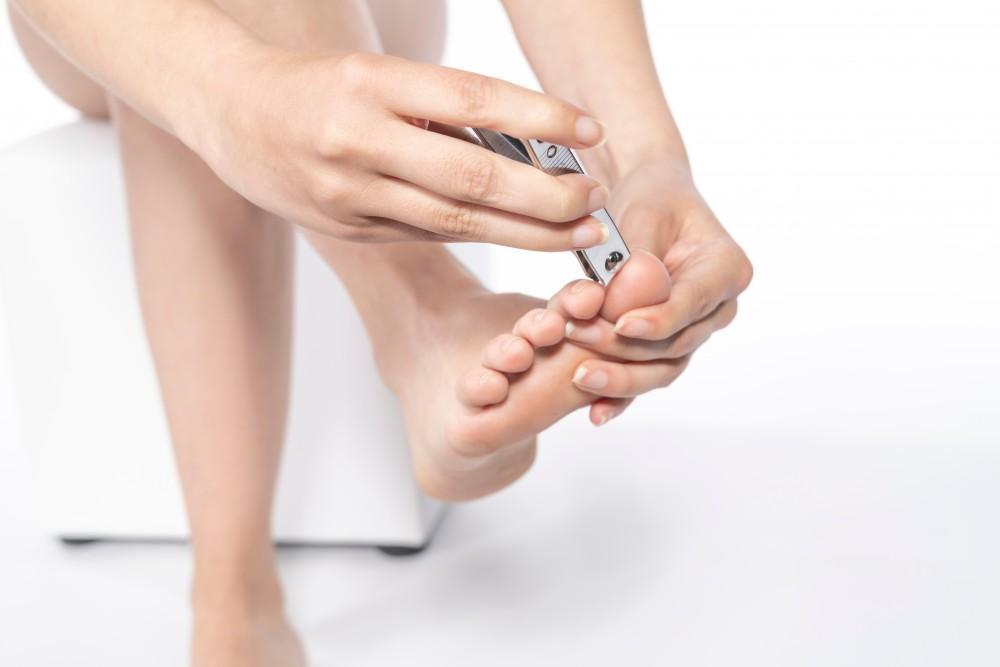
The Link Between Diabetes and Neuropathy

If you develop Type 2 diabetes, you’re at a higher risk of developing further complications, particularly if your blood sugar stays unchecked. One serious condition adults with Type 2 diabetes are at increased risk of developing is neuropathy.
While neuropathy can be dangerous, with proper care you can avoid developing the condition or any of its most serious complications. Learn from our team of doctors at Family Foot and Ankle Center of South Jersey about neuropathy, why you’re more likely to get it if you have diabetes, and how to treat it.
What is neuropathy?
Neuropathy is a nerve injury that can happen as a result of elevated blood sugar levels. Most commonly, neuropathy causes pain and a feeling of numbness in the damaged area. Your symptoms can range from mild to extreme disabling pain.
When caused by diabetes, neuropathy typically strikes one of four major areas. The most common type of neuropathy is peripheral neuropathy, which causes tingling, numbness, pain, sensitivity, and muscle weakness in the feet and legs.
Other forms of neuropathy include Autonomic neuropathy, most commonly impacting the digestive system, Proximal neuropathy in the hips, buttocks, and thighs, and Mononeuropathy in your face or torso. It’s possible to have just one form of neuropathy or multiple types simultaneously.
Unchecked, neuropathy can lead to severe complications in the part of the body it strikes. For example, you could develop foot ulcers and gangrene, chronic digestive problems, or urinary tract infections and incontinence. In the worst-case scenario, it can lead to amputation of your toe, foot, or even lower leg.
How diabetes relates to neuropathy
While it’s possible to have neuropathy without diabetes, the vast majority of patients with neuropathy develop it as a complication of diabetes. Your nerves become damaged from high blood sugar, which most commonly results from diabetes.
High blood sugar makes it harder for nerves to send messages to other parts of your body. It also causes your blood vessel walls to lose strength, making it harder for nutrition and oxygen to reach your nerves.
How to prevent and treat neuropathy
Fortunately, diabetic neuropathy is a preventable and manageable condition. If you have diabetes, you can greatly reduce your risk of developing neuropathy by regularly testing your blood sugar and ensuring it stays in a healthy range.
Diabetics can also prevent peripheral neuropathy with careful foot care, to stop their feet from developing sores and ulcers. Make sure you keep your feet dry and clean, clip your toenails to avoid sharp edges, and check your feet for cuts, sores, and swelling every day.
If you’ve already developed neuropathy, you can keep the disease from progressing by keeping your blood sugar in your target range, maintaining a healthy weight, and living a healthy lifestyle.
We can help you manage diabetes and neuropathy
Whether you’re diagnosed with neuropathy or looking to prevent it and other complications of diabetes, our experienced team of doctors at Family Foot and Ankle Center of South Jersey can help. We can support you in making lifestyle changes that stabilize your diabetes, assess your levels of blood sugar, and offer checks and treatment for any complications that develop.
We serve patients throughout the Cherry Hill, New Jersey area. Make your initial appointment by booking online or calling us at 856-667-8222.
You Might Also Enjoy...


5 Ways to Keep Your Bunion Pain to a Minimum

Gout: What Is It and How Can I Get Rid of It?

Complications of an Untreated Ankle Sprain

Suspect You’ve Broken Toe? How To Tell and What to Do


